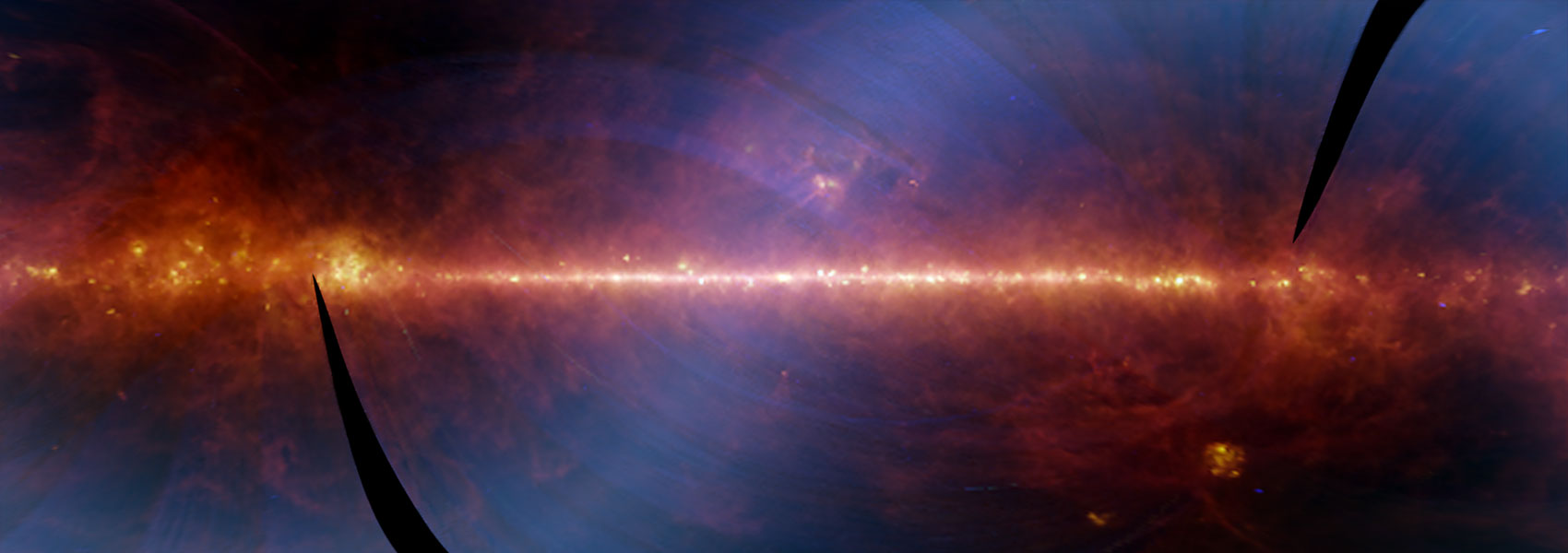May
2003
•
2003ApJ...588..186C
Authors
•
Chapman, S. C.
•
Helou, G.
•
Lewis, G. F.
•
Dale, D. A.
Abstract
•
We present a characterization of the local luminosity-color bivariate distribution of IRAS galaxies from the 1.2 Jy sample, selected at 60 μm. The R(60, 100) infrared (IR) color is used as the best single-parameter description of the IR spectral energy distribution of galaxies. We derive an analytical form of the distribution and use it to constrain the effect of the IR color distribution on evolution models for high-redshift, far-infrared (FIR)-luminous galaxies. Our adopted evolution retains the locally observed correlation between luminosity and color, such that the larger characteristic luminosities at higher redshift have a warmer characteristic color. The width of the color distribution at a given luminosity remains constant for all redshifts. We demonstrate that there is the potential for both hotter and colder sources to be missed in cosmological surveys. An evolving bivariate luminosity function coupled with the cold-source bias of submillimeter-selected surveys suggests the existence of a large population of cold sources appearing in such surveys. Likewise, a hot-source bias for most SIRTF wave bands together with a bivariate model suggests an excess of hot sources being selected. We test the evolutionary form against available data for higher redshift, FIR galaxies. The data do not reveal evidence for any strong evolution in the characteristic luminosity-color distribution as a function of redshift over 0<z<1. However, there is marginal evidence for a broadening of the color distribution at higher redshifts, consistent with our locally characterized trend of a broadening in the IR color distribution at the highest luminosities.
Links



